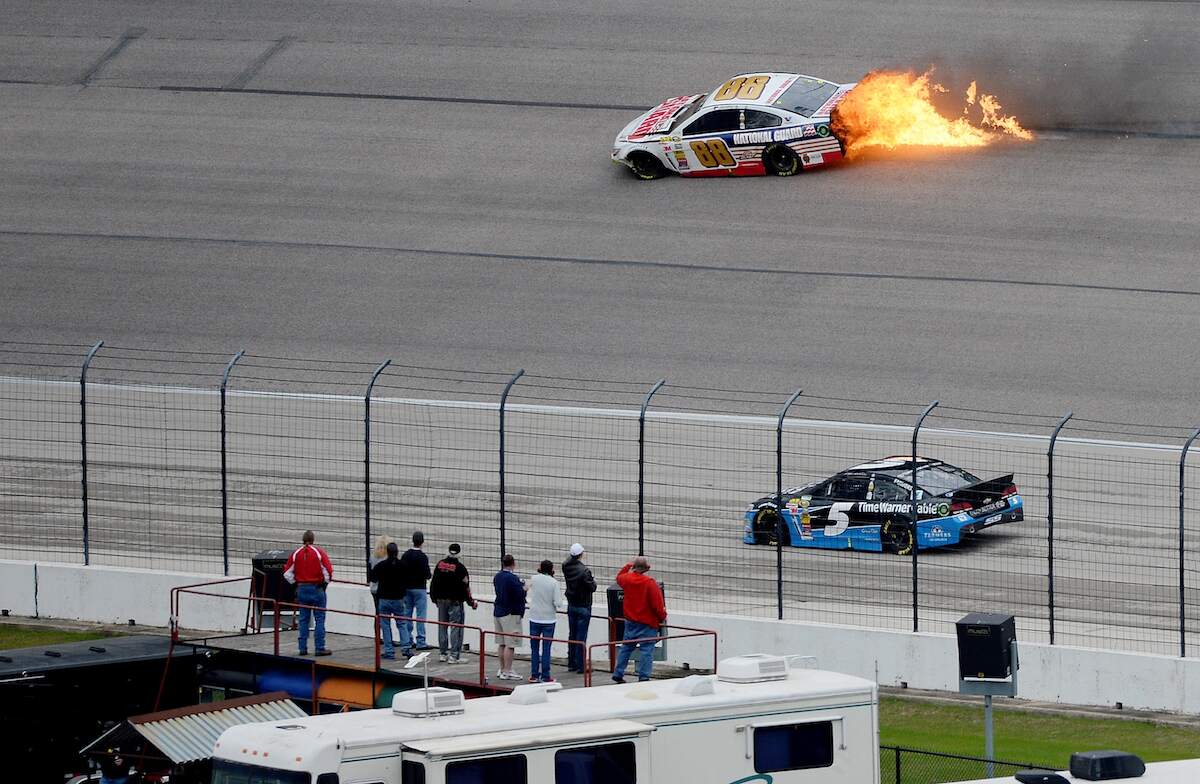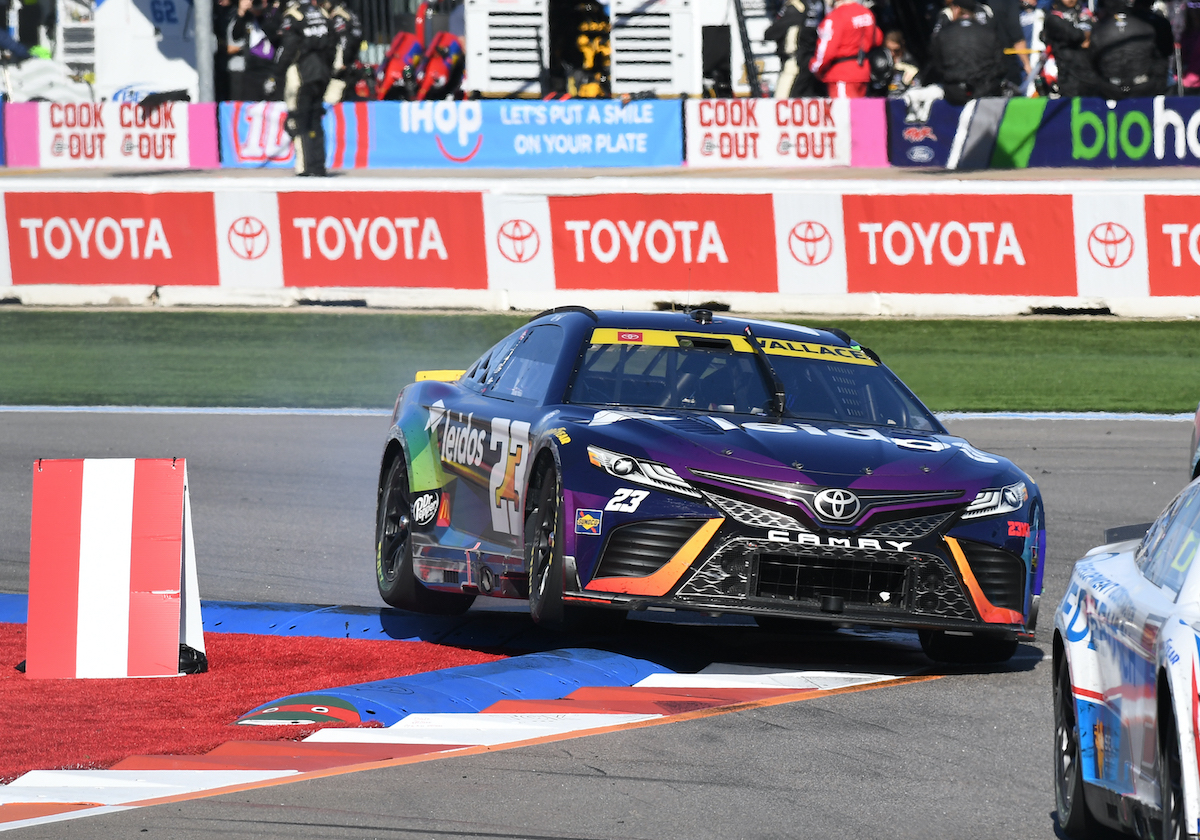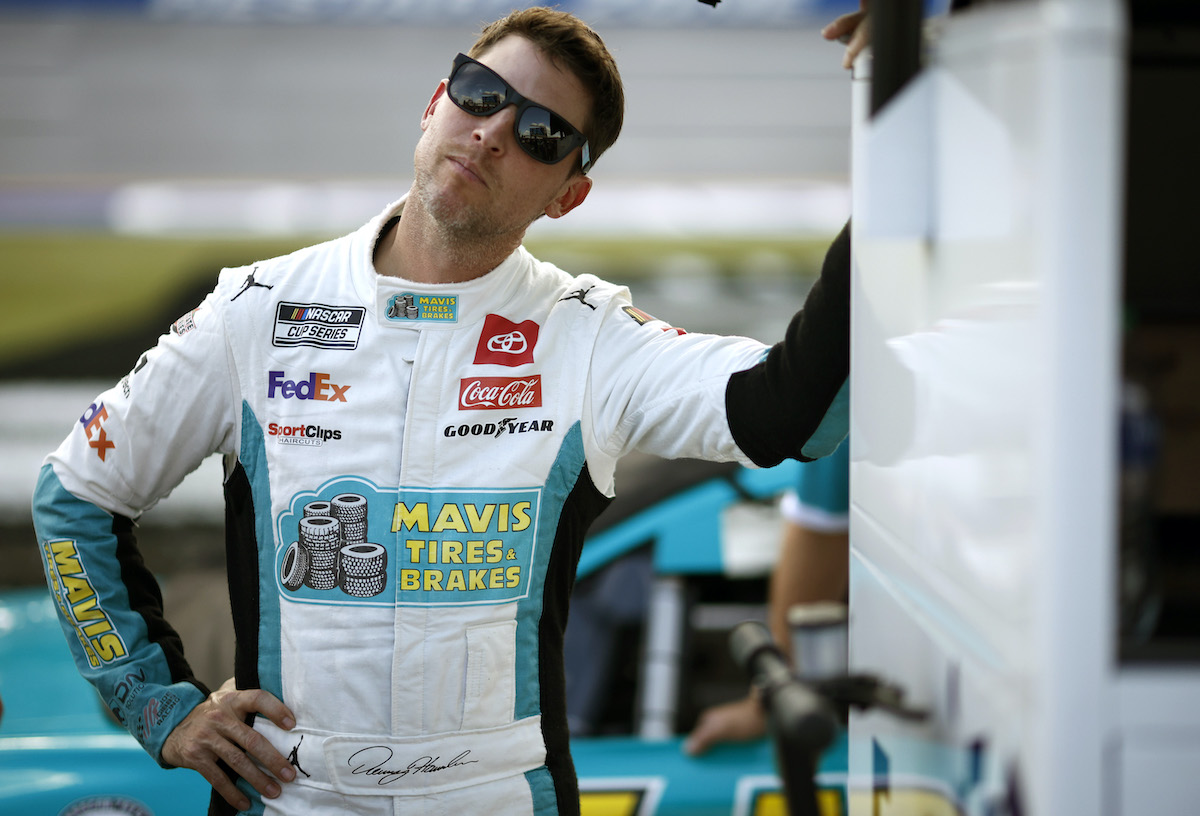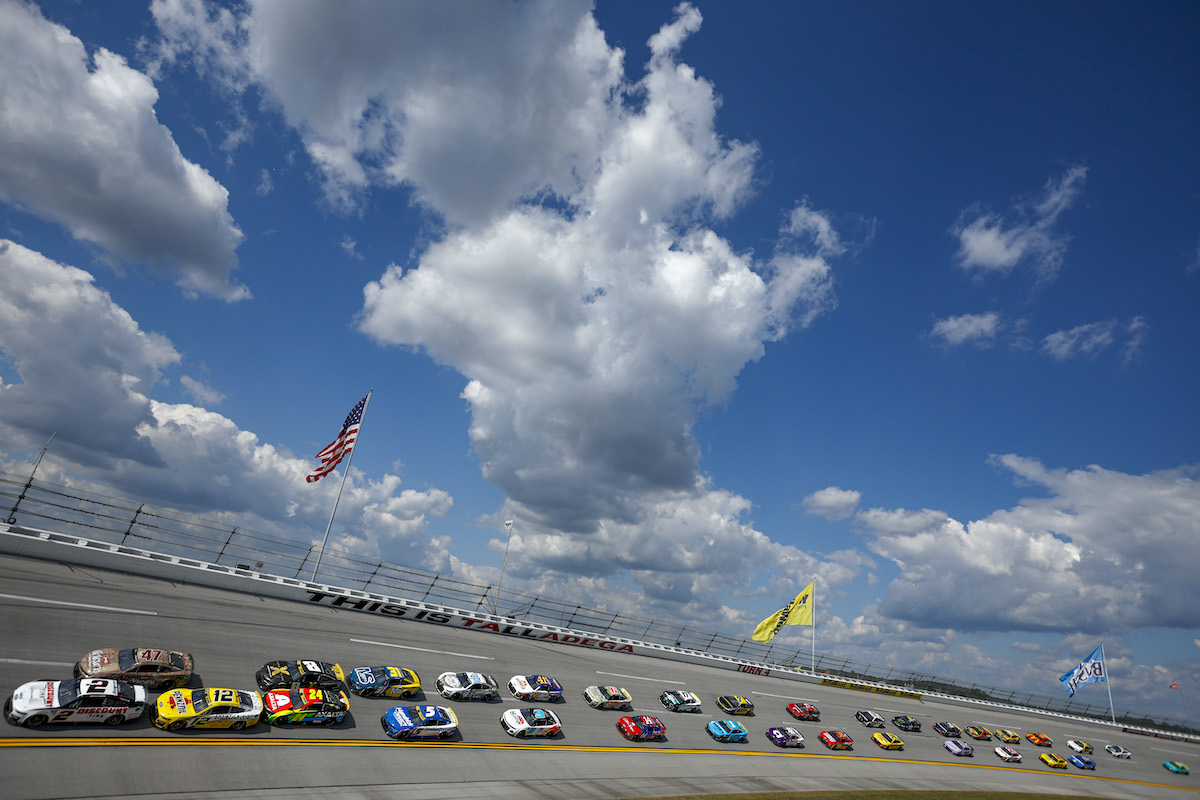
Dale Earnhardt Jr. Went From One Extreme to Another When Treating Concussions
Dale Earnhardt Jr. is used to getting into accidents. He said it’s very difficult to describe the crashing to someone who hasn’t experienced it.
In the world of motorsports, crashing is a part of the game, but the mental part of dealing with it helps Earnhardt Jr. get back behind the wheel. He’s also suffered numerous concussions. In a span of a few years, he’s drastically changed how he deals with them.
Dale Earnhardt Jr. is a racing legend
Dale Earnhardt Jr. is no stranger to racing. He’s grown up in a family of racers, led by his late father, Dale Earnhardt Sr., a legendary driver killed during the final lap of the 2001 Daytona 500. His son has done a pretty good job of carrying on the Earnhardt racing legacy.
Earnhardt Jr. has captured a pair of Daytona 500 wins, claiming victory in 2004 and 2014. He has collected 26 NASCAR Cup Series victories and added 24 more in the Xfinity Series. In 631 Cup Series races, Earnhardt Jr. has racked up 260 top-10 finishes.
In the early part of his career, Earnhardt Jr. became the 1998 and 1999 Busch Series Champion. Junior entered the Texas Motorsports Hall of Fame in 2017. He is also a 2021 inductee of the NASCAR Hall of Fame.
Earnhardt Jr. retired in 2017
In 2017, Dale Earnhardt Jr. made the announcement that he would retire from racing full-time. The announcement came two months after he crashed at the Daytona 500 while leading the race. Crashes and concussions marred his 2016 season. They eventually took their toll.
In July 2016, Earnhardt Jr. received a diagnosis of concussion-like symptoms, which forced him to miss the second half of the racing season. In December 2016, Earnhardt Jr. received medical clearance to return to racing for the 2017 season. Despite missing a good part of the 2016 season, Earnhardt Jr. won the NMPA Most Popular Driver Award for the 14th straight time.
The 2016 season wasn’t the only year, Earnhardt Jr. battled concussions. In 2012, Earnhardt Jr. suffered a concussion that forced him to miss a couple of races, ending a streak of 461 consecutive races. The concussion was a result of a 25-car wreck on the last lap of Talladega. His consecutive-race streak dated back to 1999.
Dale Earnhardt Jr. explains his major change in concussion treatment
Dealing with concussions can be a process. Dale Earnhardt Jr. certainly has had his share of them. He’s also treated them in drastic ways. “In 2012, when I got hurt, it was basically rest and recover,” Earnhardt Jr. said on the Hotboxin’ With Mike Tyson podcast.
“No phones, no electronics, and no activity. No going out to places and doing anything. Just rest, rest, rest, and shut down. When I got hurt and went back in 2016, that was scrapped. It was exposure they were really all about, pushing you into environments that are going to stretch that muscle.” He was all about exposure. The same guy had changed his whole approach in just a short period of time.
“I had some physical exercises. I had a lot of problems with my vestibular system in my head. Movement would make me dizzy, so I did a lot of physical exercises, just moving my head until they wouldn’t create those issues anymore. I had some eye problems, gaze stabilization. When I’d walk across the room, the room would bounce.
I got some computer programs and would wear those funky glasses and (the programs) would work real hard to hold 3-D objects and stuff like that. Just a bunch of stuff that was a bit over my head. It physically made my eyes hurt doing those exercises, but it made my eyes stronger to where, when I walked across the room, an object across the room did not move.”
Earnhardt Jr. said the treatment took about three or four months before he started to see progress.



